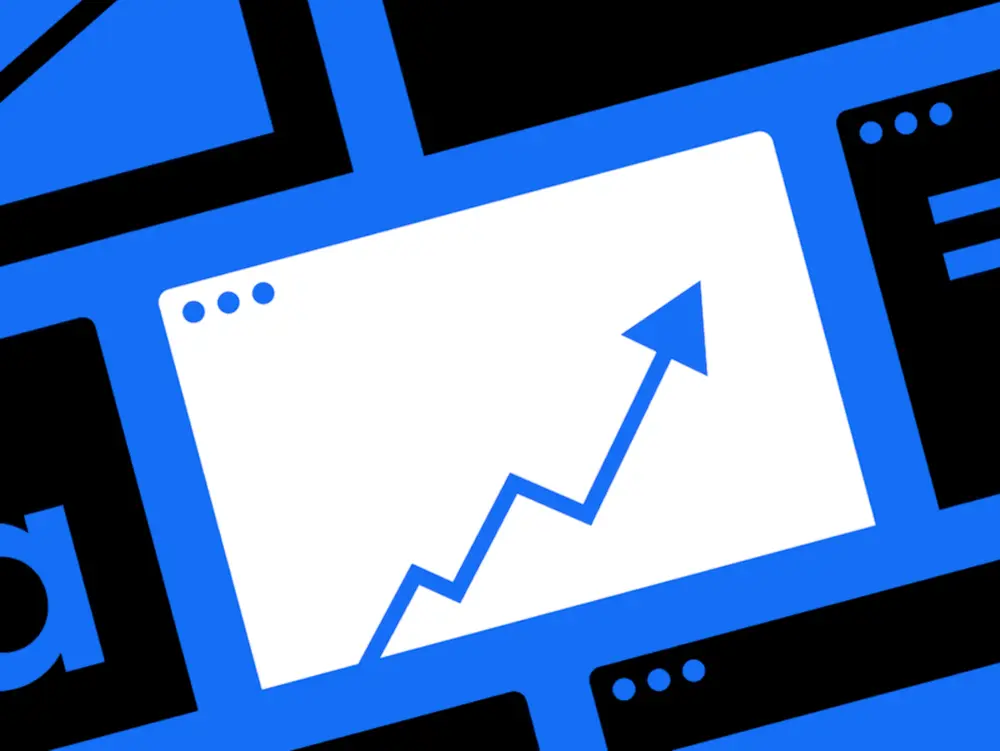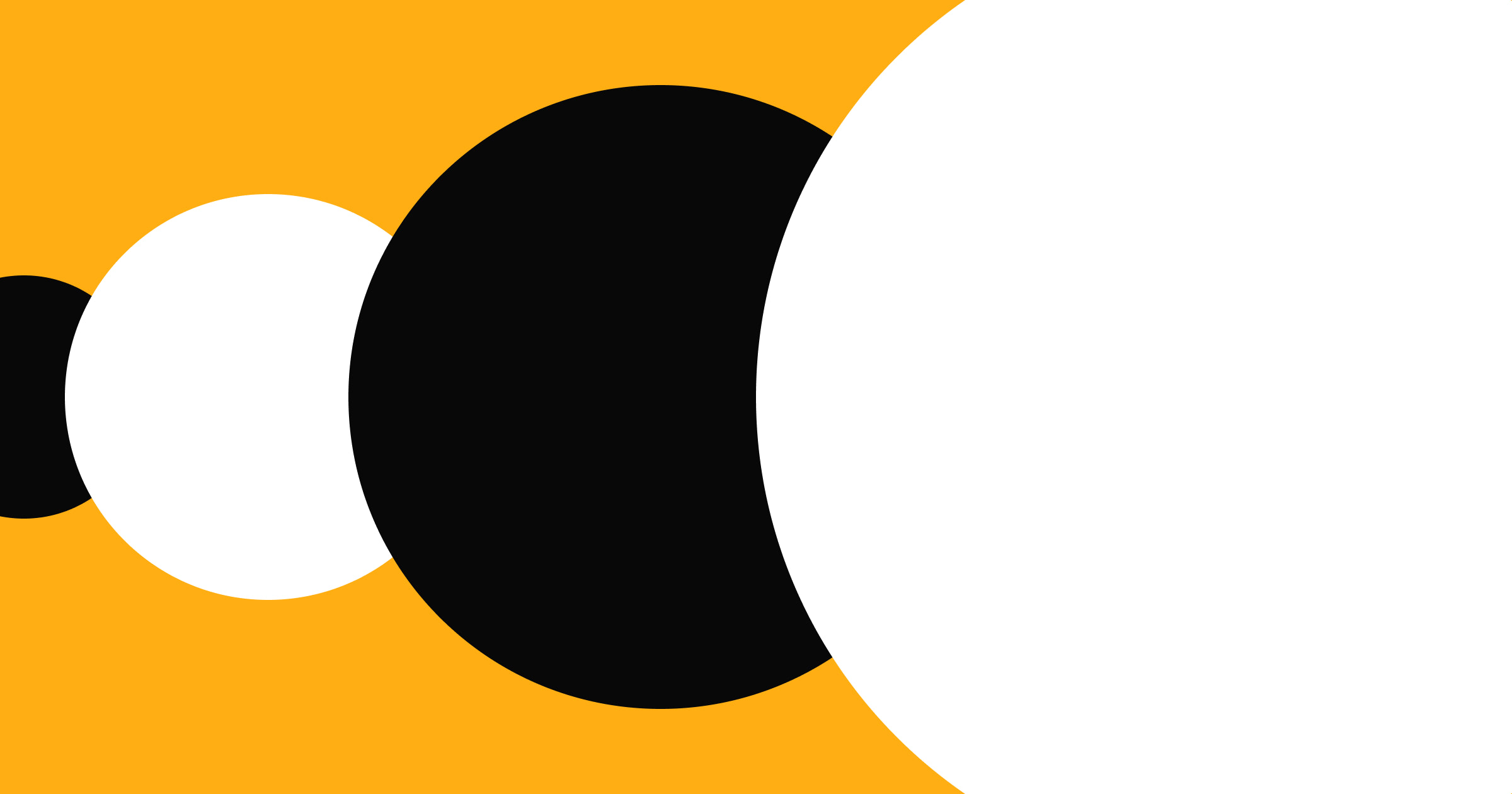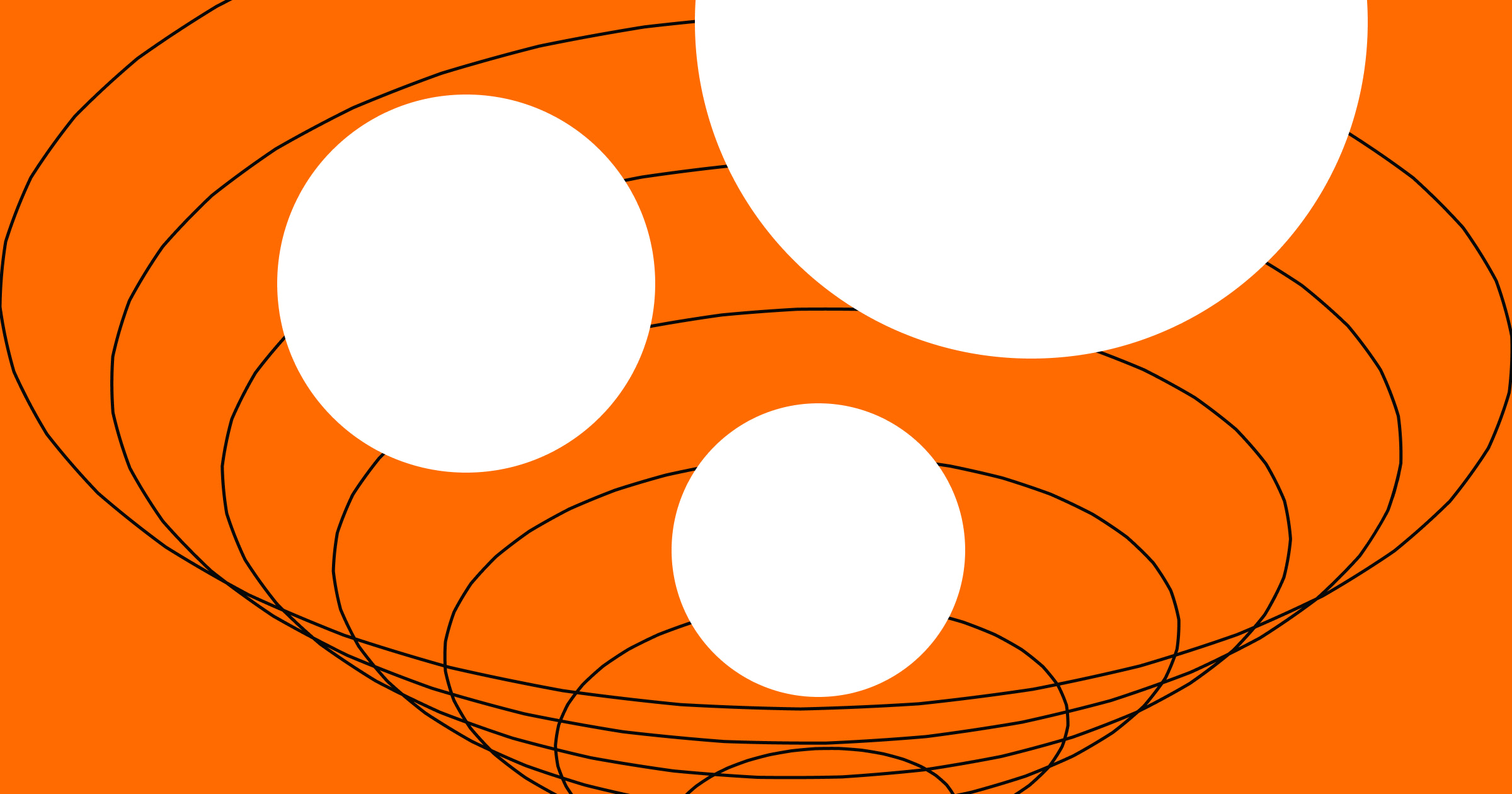A content map guides visitors step by step, ensuring they find the right info and take action. Align your site with user goals to see real results.
It pairs every step of a website’s structure with the content a visitor needs to continue their journey. Without it, users often get lost, failing to reach — or even find — the destination you want them to get to.
A content map aligns content with your business objectives, guiding users toward the information they need. Creating content with goals in mind helps nudge users toward desired areas, leading them toward additional information about a product or your checkout flow.
Learn more about why content maps matter and how to create one with the right tools and templates.
What is a content map?
Content mapping is a user experience (UX) design technique. Visitors need varying information — product images, FAQs, customer reviews — at each stage of the user journey. Pairing site content with user intent creates a more valuable, relevant, and engaging experience for your target audience.
Content on a website’s landing page, for example, tells visitors about the brand. It directs them to other pages that are closer to a conversion goal, such as “Products” or “Services” pages.
From there, they can get the necessary information before deciding whether this is the product or service they’re after. And if they don’t complete a sale, they leave valuable data to show where they dropped off in the process — giving designers and analysts clues about areas they can improve.
Why do you need a content map?
Content mapping gives users the best possible experience by presenting the right content at the right time. For example, the size chart for an online clothing store isn’t on the homepage — it’s on individual product pages. Customers generally aren’t interested in sizing information before they’re interested in buying.
Next, consider what each page actually needs, versus what you’d like it to have. If you are an apparel brand that has both a physical and online store, for instance, your physical address and a well-designed navigation bar should be on the homepage rather than a size chart that could instead be included on a product page.
How to build a content map: 4 steps
Even in 2025, businesses continue to refine how content leads visitors from discovery to purchase. A content map helps you focus on meeting users where they are in their journey.
A practical website content map increases your understanding of buyers’ interests and uses content to drive them toward solutions. This step-by-step guide to content mapping will help you get started.
1. Develop buyer personas
Identifying different personas is one of the first tasks for a content map. Understanding distinct user profiles helps pinpoint the messaging and resources each group needs.
There are two primary methods to identify buyer personas:
- Reach out directly to potential customers: Run polls on platforms like Instagram and LinkedIn or use survey tools like SurveyMonkey to learn who is and isn’t interested in your product. This is a great time to reach out to your email list if you have one.
- Use competitor analysis: If you can't implement a hands-on approach, consider analyzing competitors to find out more about what they’re doing. Search for data on their strategies, website functionality, social media campaigns, and more. Someone with a similar product likely targets similar personas as those you’d be interested in.
2. Monitor consumer interests in your industry
Use forums, social media, publications, and blogs to see what people are saying about your niche. You might find a whisper of a potential trend or a new angle you can try in your next ad campaign. Watching your target audience could help you be among the first to offer something new, giving you a competitive advantage when you make these connections.
When you find gaps in the market, include them in your map and create content that fills the void.
3. Learn about the buyer’s journey
Creating buyer personas is just one step of a comprehensive content marketing strategy. After identifying interested personas, analyze how close they are to making a purchasing decision. This is also known as the customer lifecycle.
There are three stages in the customer lifecycle that are also part of a marketing funnel:
- Awareness: A potential buyer likely knows what they want or need. In this stage, your goal is to grab attention and offer a solution. This part of your content map includes advertising or search engine marketing. Your goal is to find and attract.
- Consideration: A potential buyer is looking for a solution to their problem. In the consideration stage, steer your marketing efforts to more product- or service-oriented content so customers can better understand what you are offering and how it can help them.
- Decision: A potential buyer decides to take action. Demonstrate that you can satisfy their needs by using content to address concerns and make it easy for them to complete the purchase.
Each buyer persona moves through a content funnel: Awareness, Consideration, and Decision. Your content map should list which pages and resources best match each funnel segment.
4. Identify the best type of content for each stage
Content maps are all about the customer journey. Map out the journey through the marketing funnel first, then decide what content you need to pair with each stage.
Consider the information a potential customer needs at each point in the marketing funnel. During the decision stage, for example, customer reviews and FAQ pages can answer customers’ questions, address their concerns, and lead them to convert.
During the awareness stage, on the other hand, an FAQ won’t be as helpful because potential customers are not yet familiar with who you are or what you offer.
Different use cases call for different content types. For example, a short infographic might perform better on Instagram than an ad for an ebook. Meanwhile, an ebook could perform well in an email campaign where your established audience is prepared to spend more time reading.
It’s important to consider not just the type of content, but also who it is presented to and when. A short infographic might work well in the awareness stage because it does not deliver too much information at once. An ebook, on the other hand, could be effective during the consideration stage when buyers are looking for more details.



















Elevate your web strategy
In our ebook, experts from Slalom, HubSpot, Microsoft Clarity, Zapier, and more weigh in on the marketing strategies and Webflow Apps teams can integrate across the customer journey to build powerful web experiences.
Tools to build and refine your content map
Whether you’re a freelancer, small agency, or large corporation, here are some tools for your next content map.
- SEO tools. SEO tools like Ahrefs help you discover what people search for and what keywords they use. Combining these tools with the best SEO practices can improve site traffic and lead customers to your content.
- Diagramming tools. Tools like Lucidchart and MindMeister help create user flows that visualize the customer journey. With the journey in front of you, think of relevant content ideas for each stage.These insights not only help build a structured content map but also strengthen your overall content strategy.
- Survey tools. Survey tools like SurveyMonkey and Google Forms help you learn more about your target audience. Create a survey about what products, services, and content interest them to align with their expectations.
- Google Workspace. The tools in Google’s professional suite have specialized functions for various stages of content mapping. With Google Docs, you can create diagrams based on surveys and user behaviors. Plus, Google Workspace is collaborative, meaning everyone on your team can work on the same document in real time.
When choosing tools, consider how each platform enhances both your buyer personas and overall content strategy for a seamless user journey.
Even a quick draft of a content map can give you new insights. Try sketching your site's main pages, noting how each connects to user goals, and list specific content pieces that match each step in the funnel.
Optimize your content map and website with Webflow
Content mapping is one aspect of a broader strategy to get visitors where they need to go. There are lots of factors to consider before launching or updating a website.
More creators than ever use content maps to shape their online presence. By pairing a clear content map with Webflow's content management system, you can organize your site structure faster and keep your audience engaged. Webflow offers resources and templates to help you create effective and stunning websites.

Build websites that get results.
Build visually, publish instantly, and scale safely and quickly — without writing a line of code. All with Webflow's website experience platform.































